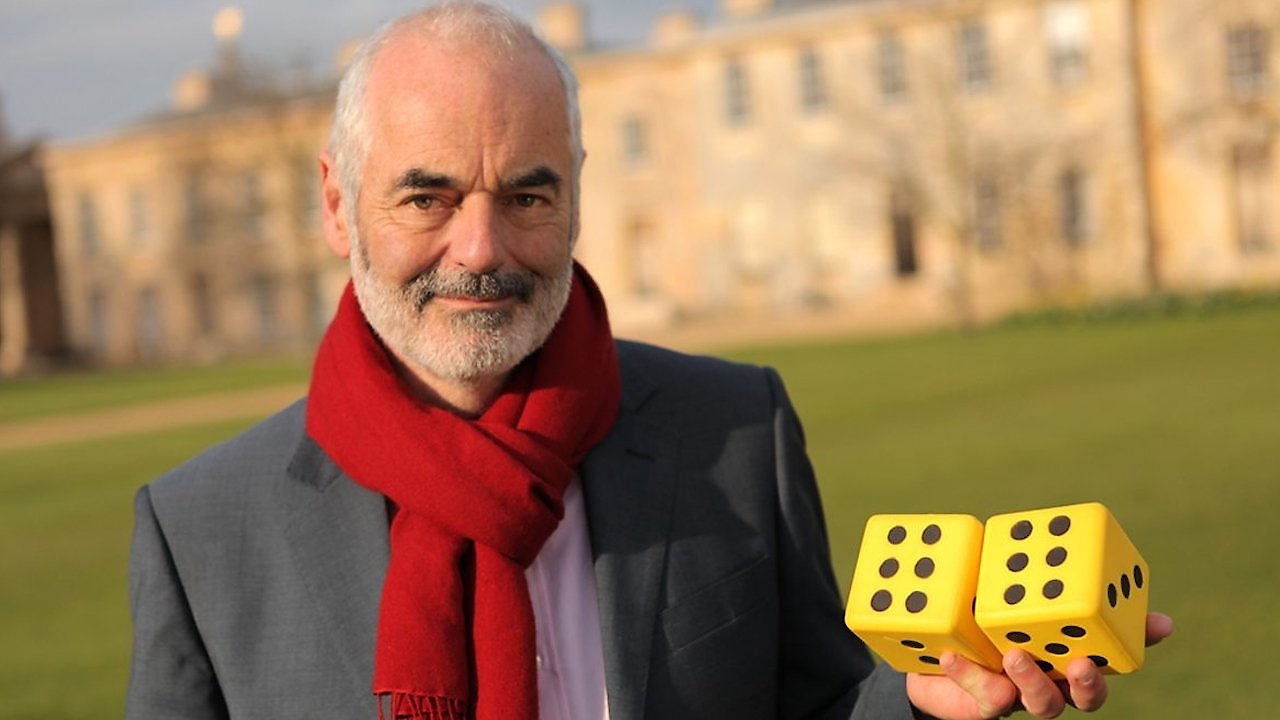-
Genres
-
CastDavid SpiegelhalterMary Lou ZobackMike Shackleford
-
DirectorDan Hillman
-
Release Date2012
-
MPAA RatingPG-13
-
Runtime59 min
-
IMDB Rating7.1 (67)

Tails You Win: The Science of Chance is a 2012 documentary film that delves into the fascinating world of probability, chance, and randomness. Written and presented by well-known British statistician David Spiegelhalter, the film is an eye-opening exploration of the underlying mathematics of the world around us. The film takes viewers on a journey through the mysteries of probability, exploring everything from the rolling of dice to the fluctuations of the stock market. Along the way, Spiegelhalter introduces a variety of guests, including earthquake expert Mary Lou Zoback and gambling mathematician Mike Shackleford, who provide insights into how probability plays a critical role in their respective fields.
The film is divided into several chapters, each of which explores a different aspect of chance and probability. In the first chapter, Spiegelhalter sets the scene by introducing viewers to the basic concepts of probability, such as what it means to say that something has a 50/50 chance of occurring. He then uses a variety of examples, such as coin tossing, to illustrate how probability can be used to predict outcomes.
In the second chapter, Spiegelhalter explores the idea of risk, showing how probability is used to determine things like insurance premiums and safety regulations. He also introduces viewers to the concept of a "micromort," which is a unit of measurement used to quantify risk.
The third chapter of the film focuses on randomness, exploring both its beauty and its potential dangers. Spiegelhalter introduces viewers to the concept of a Monte Carlo simulation, which is a computer model that can be used to simulate random events such as stock market fluctuations. He also discusses the potential dangers of relying too heavily on random number generators, which can sometimes produce predictable results.
The fourth chapter of the film shifts the focus to gambling, which is perhaps the purest form of probability. Here, Spiegelhalter introduces viewers to Mike Shackleford, a professional mathematician who uses his knowledge of probability to try to beat the casino at its own game. Shackleford explains how the odds are stacked against players, but also reveals a few insider tips that can increase one's chances of winning.
In the fifth chapter, the film takes a detour to explore the idea of coincidence, asking whether there is any scientific explanation for why certain events seem to occur together. Spiegelhalter introduces viewers to the concept of conditional probability, which is a way of calculating the likelihood of an event given that another event has already occurred.
The final chapter of the film ties everything together by exploring the idea of uncertainty. Spiegelhalter notes that even with all the mathematical tools at our disposal, there is still a great deal of uncertainty in the world around us. He discusses the importance of embracing this uncertainty and learning to make informed decisions under conditions of limited knowledge.
Throughout the film, Spiegelhalter uses a variety of inventive techniques to make the concepts of probability and chance come alive. He uses animations and visualizations to help illustrate complicated mathematical concepts, and he engages in lively discussions with his guests to get their perspectives on how probability plays a role in their fields.
Overall, Tails You Win: The Science of Chance is a thought-provoking and engaging exploration of one of the most fundamental concepts in mathematics. Whether you're a casual viewer or a seasoned statisticians, this film is sure to leave you with a new appreciation for the role that probability plays in our lives.
Tails You Win: The Science of Chance is a 2012 documentary with a runtime of 59 minutes. It has received mostly positive reviews from critics and viewers, who have given it an IMDb score of 7.1.
